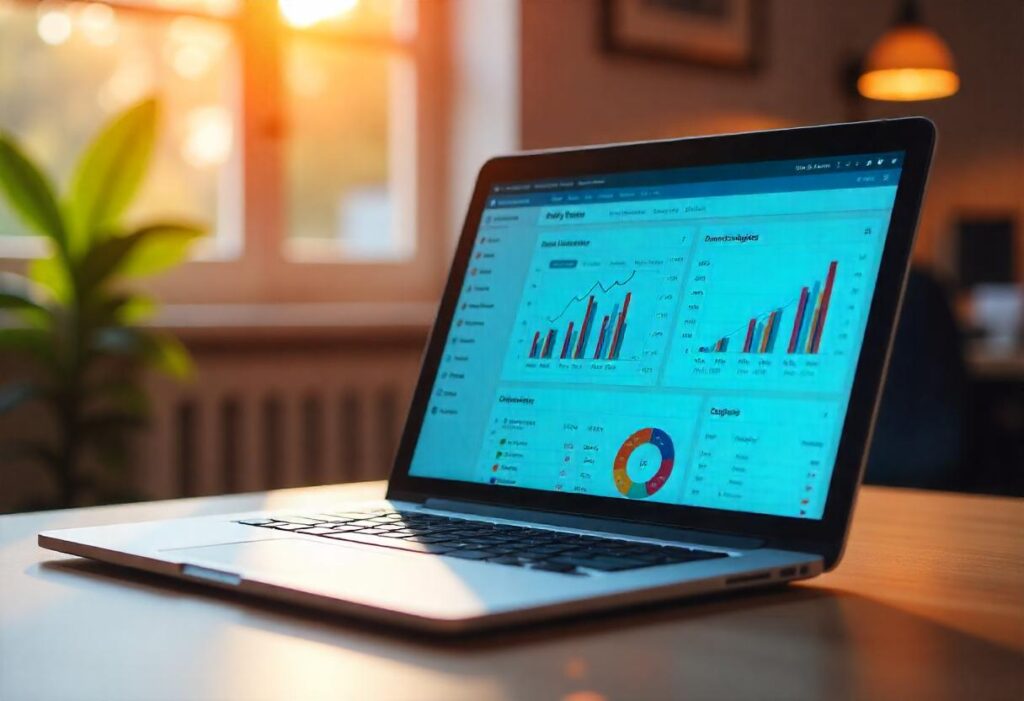
Email marketing remains one of the most effective tools for B2B businesses. It’s direct, measurable, and cost-effective. But getting it right requires a different approach than consumer-focused email campaigns. In B2B, your audience is busy, informed, and looking for value—fast.
Here are proven tips that actually work for B2B email marketing.
Understand Your Audience
The first rule of B2B email marketing is to know who you’re talking to. In most cases, you’re dealing with decision-makers, managers, or professionals. These readers value time and clarity.
To improve results:
-
Understand your audience’s pain points and goals
-
Speak their language and use relevant industry terms
-
Tailor messages to specific job roles or industries
Segmenting your audience allows you to send more targeted and relevant emails, increasing your chances of engagement.
Focus on Value, Not Just Sales
B2B recipients don’t want to be sold to—they want solutions. Your emails should focus on how your product or service helps solve a problem, save time, or improve business performance.
Instead of pitching right away, try:
-
Sharing helpful resources
-
Offering industry insights
-
Highlighting success stories
When you consistently deliver value, trust builds, and conversions follow.
Write Strong Subject Lines
Your subject line is the first thing your audience sees, and it determines whether your email gets opened. B2B subject lines should be clear, professional, and value-driven.
Keep it short and direct. Avoid clickbait or overly casual language. Aim to spark curiosity or offer a benefit—like time-saving tips or useful data.
Examples:
-
“Boost Team Productivity with These Simple Changes”
-
“How to Cut Costs Without Sacrificing Quality”
Test different subject lines to learn what works best with your audience.

Personalize Whenever Possible
B2B buyers appreciate communication that feels tailored to them. Even small touches like using a recipient’s name or referencing their company can improve engagement.
Advanced personalization includes:
-
Referring to past interactions or downloads
-
Mentioning industry-specific challenges
-
Recommending relevant content or services
Personalization shows you’ve done your homework—and it builds trust.
Use a Clear and Professional Design
Your email should be easy to read, visually clean, and mobile-friendly. Use short paragraphs, bullet points, and strong headers to break up content.
Stick to a professional layout with:
-
Your brand’s logo and consistent color scheme
-
One clear call-to-action (CTA)
-
Minimal distractions
In B2B, a clean, focused design often outperforms flashy or overly designed emails.
Include a Strong Call to Action
Every B2B email should have a clear next step. Whether it’s booking a demo, downloading a guide, or scheduling a call, your CTA should be easy to find and relevant to the reader’s stage in the decision-making process.
Make sure the CTA stands out visually and uses action-driven language, such as:
-
“Download the Free Report”
-
“Book a 15-Minute Strategy Call”
Limit your CTAs to one main action per email to avoid confusion.
Use Automation and Drip Campaigns
Automated email sequences (also known as drip campaigns) are excellent for nurturing B2B leads over time. They allow you to stay in touch, deliver consistent value, and guide prospects through the sales funnel.
Examples of effective B2B drip campaigns include:
-
Welcome sequences after someone subscribes
-
Educational series based on a lead magnet download
-
Re-engagement emails for inactive contacts
Automation saves time and ensures no lead is left behind.
Track Performance and Optimize
Email marketing should never be guesswork. Use analytics to measure performance and adjust your strategy. Key metrics to track include:
-
Open rate
-
Click-through rate
-
Conversion rate
-
Unsubscribe rate
Review what’s working (and what’s not), then tweak your subject lines, content, timing, or segmentation to improve results.
Keep It Compliant and Respectful
B2B emails should follow proper email marketing laws and etiquette. Always include an unsubscribe option and respect your recipients’ privacy.
Also, avoid overwhelming your audience with too many emails. Consistency is important, but frequency should match the value you’re delivering.
Final Thoughts
B2B email marketing works best when it’s strategic, value-driven, and respectful of the reader’s time. By understanding your audience, personalizing your messages, and focusing on helpful content, you can turn email into one of your most reliable growth channels.



